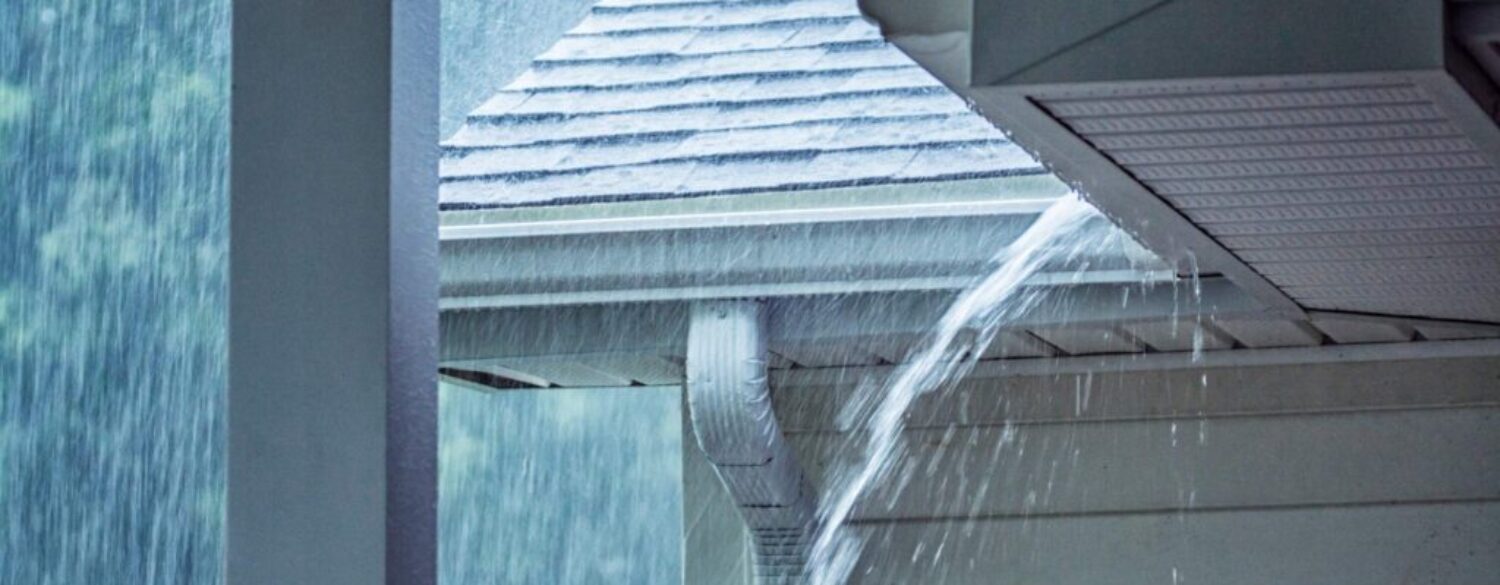How To Spot Home Drainage Issues
With the spring season approaching, rain storms can be great for keeping your lawn and garden lush, but too much water can also cause problems. When water cannot drain properly inside or outside your home, it can result in costly damage. Here’s what you should know about interior and exterior drainage issues and their possible solutions.
EXTERIOR DRAINAGE ISSUES
Overflowing Gutters
If pools of water are gathering under your roof eaves, or if the siding on one side of your home is discolored, your home may have overflowing gutters. The gutters can overflow when they’re not positioned correctly, aren’t large enough, or if there’s debris blocking the gutter or downspout. Be sure to clean gutters regularly and purchase new hardware to ensure that the gutters are positioned correctly.
Ponding Water
Poorly draining soil and low spots in the yard can cause ponding water. To address this draining problem, dethatching and aerating may be necessary. If the ponding water is due to an improperly graded lawn or slope, you may need to install a French drain, which can re-route the flow of water.
Cracks in Foundation
Lack of proper drainage near your home’s foundation can cause cracks in the foundation. When hydrostatic pressure builds up in the ground and presses against foundation walls, it can result in cracked or bowed walls. The solution may be foundation underpinning using piers, but you should also examine the area to take care of other causes, such as plumbing leaks or overflowing gutters and downspouts.
INTERIOR DRAINAGE ISSUES
Wet Cracks in Basement Floor
Similar to cracks in the foundation, wet cracks in a basement floor can also be caused by a buildup of hydrostatic pressure. If your foundation sits on a very absorbent soil, like clay, then the ground can absorb a lot of water which builds up beneath the basement floor. It’s possible that filling cracks with epoxy or urethane can help, or another solution can be installing a drainage system around the perimeter of the basement.
Damp Basement Walls and Floors
Water can seep into your basement from the ground surrounding the basement walls and lead to condensation, which makes the walls feel damp. One small-scale solution to this could be installing a dehumidifier, and a large-scale solution could be regrading soil around the foundation walls.
Odors
Unpleasant smells can be a sign of mold or mildew growing in your basement. You can diagnose the severity of the issue by seeing if exposed pipes in the ceiling or along the walls exhibit signs of “sweating” and insulate them. Also check for water leaking down from windows. One solution to this problem is getting rid of any water-damaged materials in your basement and neutralizing the smell by placing bowls of baking soda and/or vinegar around the area.
Sump Pump
There are a variety of issues that you may encounter with a sump pump: continuous running; lost power; clogging; no water in the pit; and, an overwhelmed sump pump. Because your sump pump is responsible for moving water out of your basement and away from your home, you want to quickly address issues with it. An overwhelmed sump pump could mean that you need to upgrade a size so it can keep up with a higher volume of water, and a clogged sump pump may need to be covered with an airtight lid to prevent debris from entering.
These are just some drainage issues you should be aware of, but call South Sound Inspections to get a thorough assessment of your home’s drainage system.



